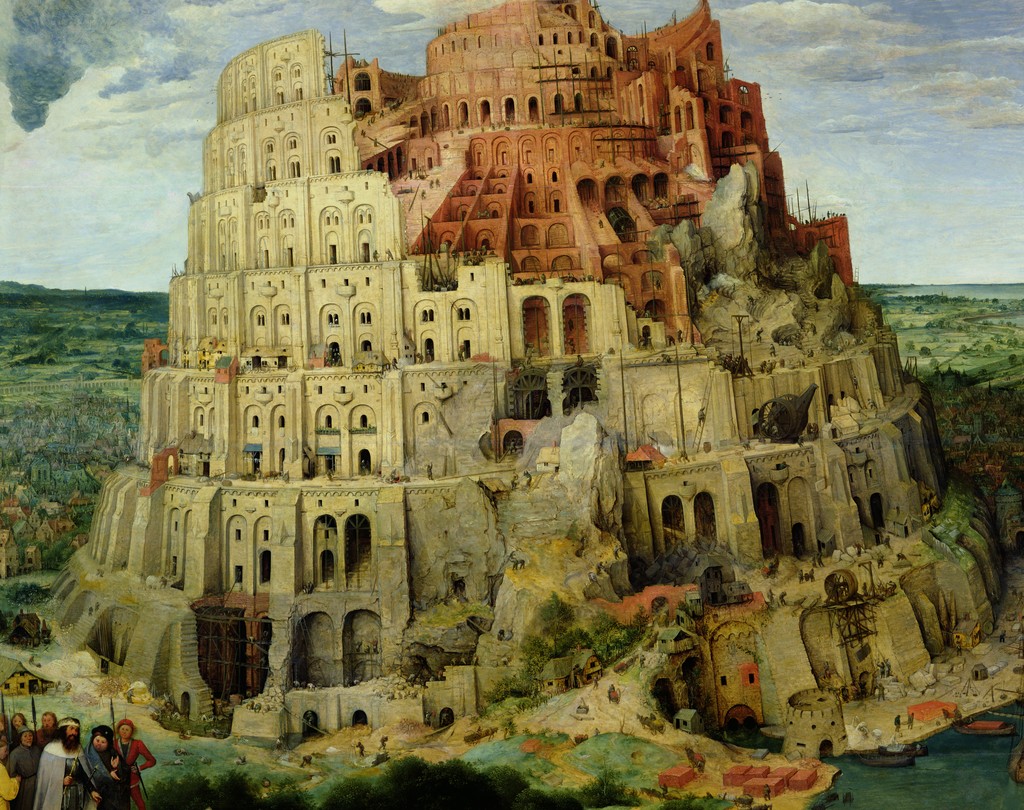
The archeological site of Etemenanki is located some 80 miles outside of Baghdad, Iraq.

Etemananki was old enough to have been rebuilt by King Nebuchadnezzer II, and was still standing, though it had fallen into disrepair, at the time of Alexander’s conquest. Known as Etemenanki, this ziggurat was dedicated to the god Marduk, the chief God of the Babylonian empire. The existence of such a structure in Babylon is attested to by numerous historical accounts. Ziggurats were stepped pyramid shaped structures essential to the worship of gods in ancient Mesopotamian cultures.

While the tower takes on many shapes and forms in art history, archeologists identify it with the ziggurats common in this part of the ancient world. Ziggurat – inspiration for the Tower of Babel Archeological Evidence for the Tower of Babel Babel is placed within a land called Shinar, which puts the city in the same location as Babylon. The extent of his kingdom is quite vast, and he is responsible for the building of several prominent ancient cities, including Nineveh and Babel. This seems to mean that he was a great leader and ruler. Nimrod is described as the first of “to be a mighty man”. As the author gives the genealogy of Noah’s sons and how their descendants fathered nations, he comes to a man named Nimrod. The textual evidence for Babel being synonymous with Babylon is found in chapter 10 verses 9-11. There is textual, archaeological, and theological evidence that the city of Babel in this story is one and the same with the city of Babylon, which plays an important role in the history of the Hebrews. It is not until after the Lord confuses the languages that the city is referred to as Babel, meaning confused or mixed. Rather, the tower is in the process of being built in the middle of a new city also under construction. The phrase “Tower of Babel” does not occur in the Biblical story. Artists impressions of the Tower of Babel


 0 kommentar(er)
0 kommentar(er)
